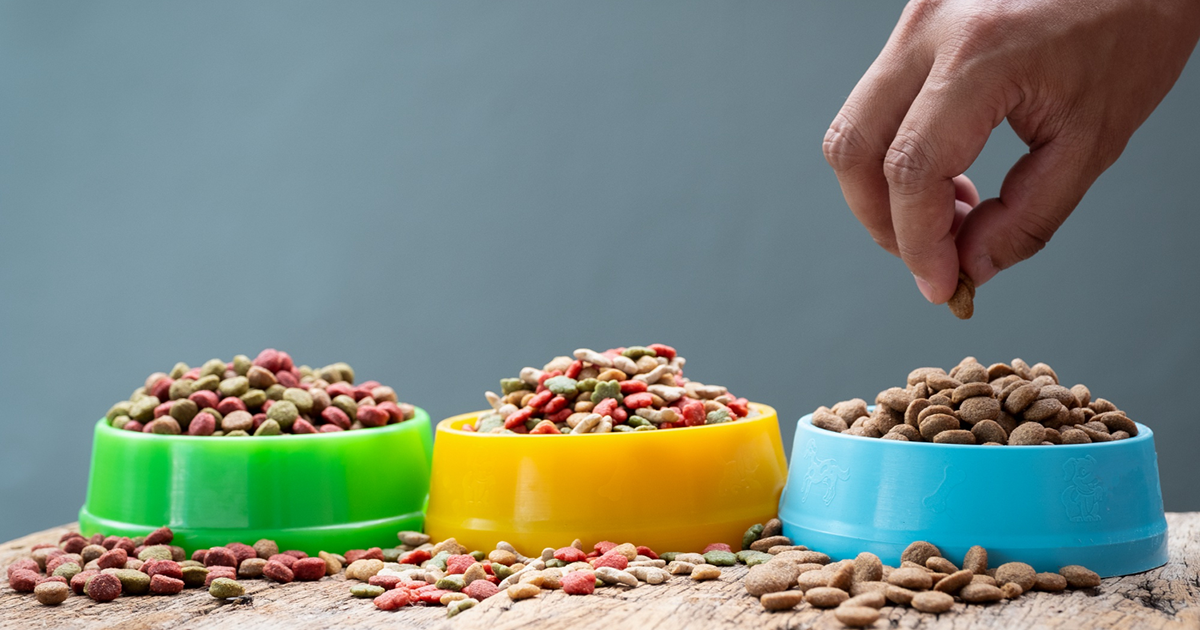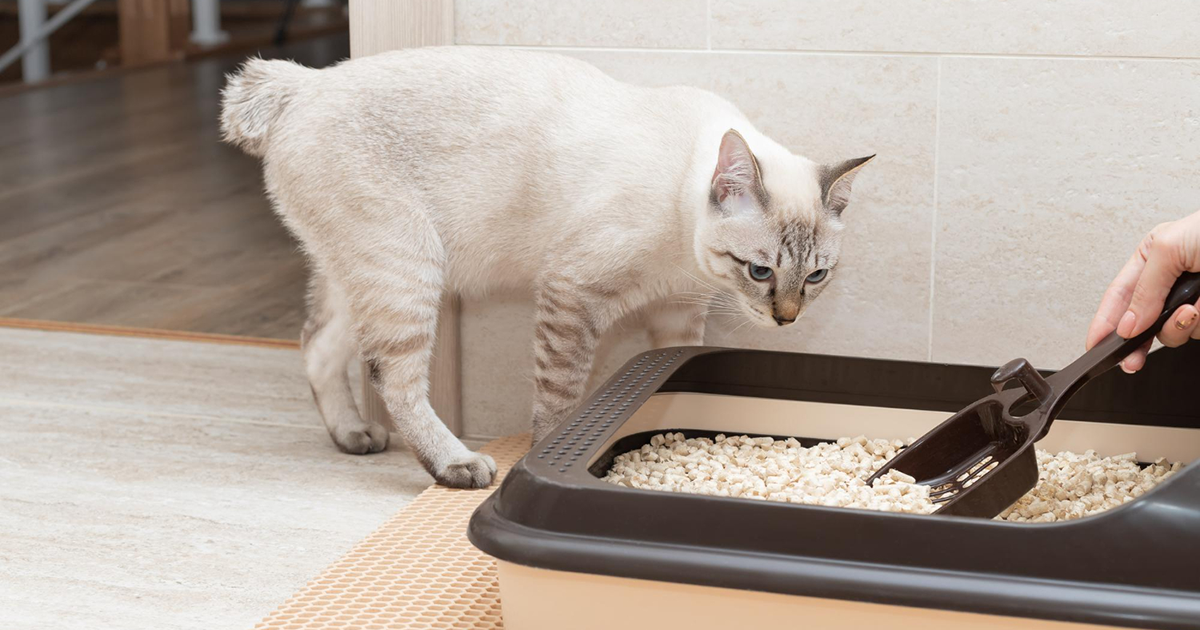
Find the Best Heat Lamps
Are you tired of chilly evenings ruining your outdoor gatherings? Or perhaps you’re looking for a way to keep your pets warm during the colder […]

Are you tired of chilly evenings ruining your outdoor gatherings? Or perhaps you’re looking for a way to keep your pets warm during the colder […]

Introduction to the importance of dental health for dogs When it comes to our furry companions, we often think about their exercise needs and grooming […]

Introduction to Ferrets Are you considering adding a playful and curious companion to your home? Ferrets are fascinating creatures that can bring joy, laughter, and […]

When it comes to our furry friends, small dogs often hold a big place in our hearts. Their playful personalities, adorable antics, and loyal companionship […]

If you’re a cat owner, you know that while our feline friends bring joy and companionship, they can also introduce some less-than-pleasant odors into our […]
Copyright © 2025 | WordPress Theme by MH Themes